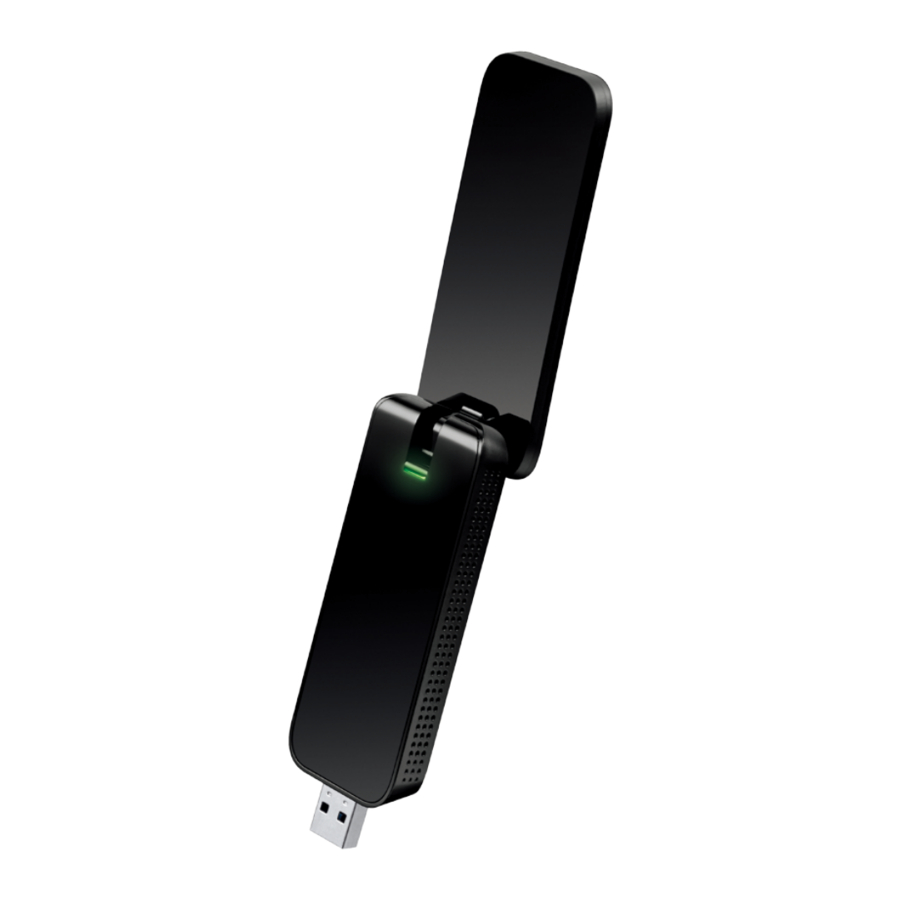
TP-Link Archer T4U Manual
- User manual (52 pages) ,
- Quick installation manual (2 pages) ,
- User manual (44 pages)
Advertisement

About This Guide
This guide is a complement to Quick Installation Guide. The Quick Installation Guide instructs you on quick installation, and this guide provides the product overview and detailed instructions for each steps.
When using this guide, please notice that features available of the adapter may vary by model and software version. All images, steps, and descriptions in this guide are only examples and may not reflect your actual experience.
Conventions
In this guide, the following conventions are used:
| Convention | Description |
| Teal | Contents to be emphasized and texts on the web page are in teal, including the menus, items, buttons, etc. |
 Note: Note: | Ignoring this type of note might result in a malfunction or damage to the device. |
 Tips: Tips: | Indicates important information that helps you make better use of your device. |
*Maximum wireless signal rates are the physical rates derived from IEEE Standard 802.11 specifications. Actual wireless data throughput and wireless coverage are not guaranteed and will vary as a result of
- environmental factors, including building materials, physical objects, and obstacles,
- network conditions, including local interference, volume and density of traffic, product location, network complexity, and network overhead, and
- AP limitations, including rated performance, location, connection quality, and AP condition.
*To ensure compatibility, you may need to update the adapter's drivers after an OS update. You can find our latest drivers in the download center at https://www.tp-link.com/en/downloadcenter
More Info
- The latest software and utility can be found at Download Center at https://www.tp-link.com/support.
- Specifications can be found on the product page at https://www.tp-link.com.
- A community is provided for you to discuss our products at https://community.tp-link.com.
- Our Technical Support contact information can be found at the Contact Technical Support page at https://www.tp-link.com/support.
Get to Know About Your Adapter
Product Overview
TP-Link Wireless USB Adapter connects your computer to a Wi-Fi network for lag-free video streaming, online gaming, secure internet surfing and internet calls.
- Compatible with 802.11a/b/g/n products
- Maximum speed of 867Mbps at 5GHz or 400Mbps at 2.4GHz network
- With super speed USB 3.0 port, the adapter experiences blazing speed data transfers up to 10x faster than USB 2.0
- Supports ad-hoc and infrastructure mode
- Supports 64/128 bit WEP, WPA-PSK/WPA2-PSK/WPA3
- Supports Windows, Mac and Linux
LED Status
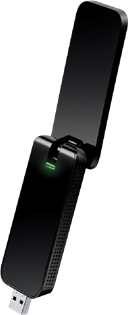
You can check the adapter's working status by following the LED Explanation table.
| Status | Indication |
| Off | The driver has not been installed. The adapter's radio has been disabled. |
| Flashing Slowly | The driver has been installed but no data is being transmitted or received. |
| Flashing Quickly | Data is being transmitted or received. |

If the LED is off, try these troubleshooting tips:
- Check if the adapter is recognized and enabled or not. Refer to T2 for detailed instructions.
- Remove and reinsert the adapter.
- Reinstall the software, if necessary.
Connect to a Computer
Before you start using your adapter, insert the adapter into a USB port on your computer directly.
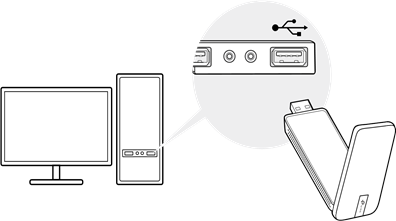
After connecting your adapter to the computer, please follow the instructions in the appropriate chapter for your operating system: "Windows", Mac OS X, Linux.
Windows
Install Driver
- Insert the resource CD into your CD drive and run the Autorun.exe from the pop-up Autoplay window.
Note:
- You can also download the driver from the product's Support page atwww.tp-link.com.
- In some operating systems, the CD screen will pop up automatically. Otherwise, run the CD manually.
- Select Archer T4U and follow the instructions to complete the installation.
Note:
If you can't install the driver successfully, disable the antivirus software and firewall, then try again.
![TP-Link - Archer T4U - Install Driver - Step 1 Install Driver - Step 1]()
- When the following screen appears, the driver has been installed successfully.
![TP-Link - Archer T4U - Install Driver - Step 2 Install Driver - Step 2]()
Join a Wireless Network
You can join a wireless network via Windows built-in wireless utility. Follow the instructions below to use your computer system's built-in wireless utility:
- Click
![]() (Network icon) on the taskbar. Select the Wi-Fi network you want to join, and click Connect. Enter the network password when prompted.
(Network icon) on the taskbar. Select the Wi-Fi network you want to join, and click Connect. Enter the network password when prompted. - When the network icon changes to
![]() , it indicates a successful network connection.
, it indicates a successful network connection.
Uninstall Driver
The software uninstallation steps vary a bit from different systems. Please follow the appropriate instructions for your Windows operating system: Windows 8/8.1/10/11, Windows 7.
- Windows 8/8.1/10/11
Go to Start menu to find the TP-Link application. Click Uninstall TP-Link Archer
T4U Driver, then follow the on-screen instructions to complete the uninstallation. - Windows 7
Go to Start > All Programs > TP-Link > Uninstall TP-Link Archer T4U Driver. Follow the on-screen instructions to complete the uninstallation.
Mac OS X
Install Driver and Utility
We take the steps in Mac OS X 10.10 as an example - the steps may vary slightly for other versions of Mac OS.

Mac OS X is supported only for version 3.20 and earlier versions of this adapter.
- Download the driver and utility from this product's Support page from TPLink's official website www.tp-link.com.
Note:
The CD is included in the package. If your computer has a CD drive, you can also run the included CD to install the driver and utility. - Double click to unzip the downloaded folder and run the Install.pkg.
![TP-Link - Archer T4U - Mac OS X - Install Driver and Utility - Step 1 Mac OS X - Install Driver and Utility - Step 1]()
- The Install TP-Link Wireless USB Adapter Utility and Driver Wizard window will appear. Click Continue and follow the instructions to complete the installation.
![TP-Link - Archer T4U - Mac OS X - Install Driver and Utility - Step 2 Mac OS X - Install Driver and Utility - Step 2]()
- When the following screen appears, the driver and utility have been installed successfully. Click Restart to finish the installation
![TP-Link - Archer T4U - Mac OS X - Install Driver and Utility - Step 3 Mac OS X - Install Driver and Utility - Step 3]()
- After restarting the computer, the TP-Link Utility icon
![]() will appear on the menu bar in the upper-right corner of the screen. To use the utility to join a WiFi network with your adapter, refer to Join a Wireless Network.
will appear on the menu bar in the upper-right corner of the screen. To use the utility to join a WiFi network with your adapter, refer to Join a Wireless Network.
Note:
If the TP-Link Utility icon![]() does not appear on the menu bar, make sure the USB wireless network adapter is connected properly and its LED is on.
does not appear on the menu bar, make sure the USB wireless network adapter is connected properly and its LED is on.
Join a Wireless Network
Option 1
Click the TP-Link Utility icon ![]() on the menu bar, and choose a Wi-Fi network from the list. Enter the password when prompted.
on the menu bar, and choose a Wi-Fi network from the list. Enter the password when prompted.
When you are connected to the internet, the network icon will change to 
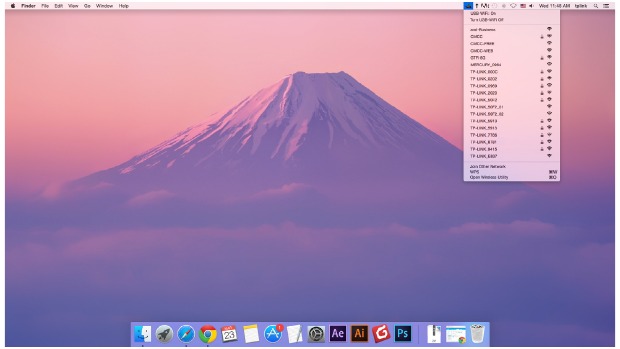
Option 2
- Click the TP-Link Utility icon
![]() on the menu bar, and then click Open Wireless Utility at the bottom of the network list.
on the menu bar, and then click Open Wireless Utility at the bottom of the network list. - Select the network you want to join from the list and enter the password when prompted. Click Join.
![TP-Link - Archer T4U - Join a Wireless Network - Part 2 Join a Wireless Network - Part 2]()

If your Wi-Fi network is not displayed in the list, you can try to join it by WPS or by clicking Join Other on the above screen, and then follow the on-screen instructions to join the network.
Management
TP-Link Utility provides you with an easy way to manage various connection settings of your Wi-Fi network.
- Click the TP-Link Utility icon
![]() on the menu bar, and then click Open Wireless Utility at the bottom of the network list.
on the menu bar, and then click Open Wireless Utility at the bottom of the network list.
![TP-Link - Archer T4U - Management - Step 1 Management - Step 1]()
- TP-Link Utility will pop up. Click the Profiles button to open the Profiles screen.
![TP-Link - Archer T4U - Management - Step 2 Management - Step 2]()
- The Profiles screen lets you manage different Wi-Fi connection settings as profiles so that you can connect to your network easily.
![TP-Link - Archer T4U - Management - Step 3 Management - Step 3]()
Preferred Networks displays the networks that you once connected to. The networks' status and information are displayed on the table.
- To join a Wi-Fi network
If you want to join a Wi-Fi network that is listed on the profile screen, select the profile and click Apply in the bottom right corner. - To manage an existing profile
If you want to change the wireless settings of an existing profile, select it and then you can edit its Security and Password. If you want to delete a profile, select it and click Remove.
Uninstall Driver and Utility
- Double click Uninstall.command in the downloaded folder.
![TP-Link - Archer T4U - Uninstall Driver and Utility - Step 1 Uninstall Driver and Utility - Step 1]()
- Enter the password of you computer and when the "Uninstall Complete" message appears, the uninstallation is complete.
![TP-Link - Archer T4U - Uninstall Driver and Utility - Step 2 Uninstall Driver and Utility - Step 2]()
Linux
Visit the TP-Link's website at https://www.tp-link.com, and go to Archer T4U's product page. Then find the compatible version of driver in the support page.
Download and install the driver on your computer.
Troubleshooting
What should I do if the adapter is not detected?
- Make sure the adapter is securely connected to the computer.
- Make sure you meet the minimum system requirements for the adapter and that the latest Windows and system updates are installed on your computer.
- Make sure you use the latest driver for your specific adapter. The latest drivers can be found at the product's Support page at https://www.tp-link.com.
- Try a different USB port on the computer.
- Try restarting the computer or try using the adapter on a different computer.
How to check if I have installed the driver for my adapter successfully or not?
- On your computer, please right click Computer icon and go to Manage;
![]()
- Open the Device Manager and go to Network adapters, and then find the corresponding TP-Link adapter, right click it and then go to Properties;
![]()
- If you can see "This device is working properly." in the red box, you have already installed the driver successfully.
![]()
What should I do if can't connect to the Wi-Fi after installing the driver?
- Refer to T2 to check if you have installed the driver for your adapter successfully.
- Make sure the adapter is securely connected to the computer.
- Disable the antivirus software and firewall, then try again.
- Try a different USB port on the computer.
- Restart your computer and try again.
- Re-install the driver and try again.
How to find the hardware version of the adapter?
- The hardware version is printed on the product label on the package or the adapter. There is a character string "Ver: X.Y" (for example, Ver: 2.0) in the Serial Number field, and the number X is the hardware version of the adapter.
![]()
- Visit http://www.tp-link.com/faq-46.html and follow the second method to find the hardware version of the adapter.
Documents / Resources
References
![www.tp-link.com]() WiFi Networking Equipment for Home & Business | TP-Link
WiFi Networking Equipment for Home & Business | TP-LinkDownload Center | TP-Link
TP-Link Product Support - Wireless Networking Equipment Support
https://community.tp-link.com
![www.tp-link.com]() WiFi Networking Equipment for Home & Business | TP-Link
WiFi Networking Equipment for Home & Business | TP-LinkHow to find the hardware version on a TP-Link device
Download manual
Here you can download full pdf version of manual, it may contain additional safety instructions, warranty information, FCC rules, etc.
Advertisement
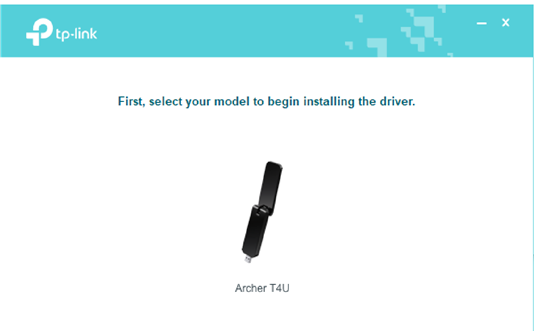
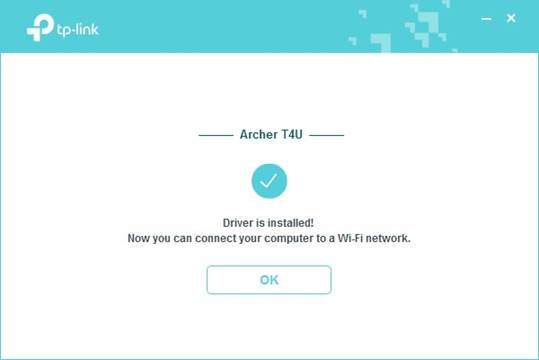
 (Network icon) on the taskbar. Select the Wi-Fi network you want to join, and click Connect. Enter the network password when prompted.
(Network icon) on the taskbar. Select the Wi-Fi network you want to join, and click Connect. Enter the network password when prompted. , it indicates a successful network connection.
, it indicates a successful network connection.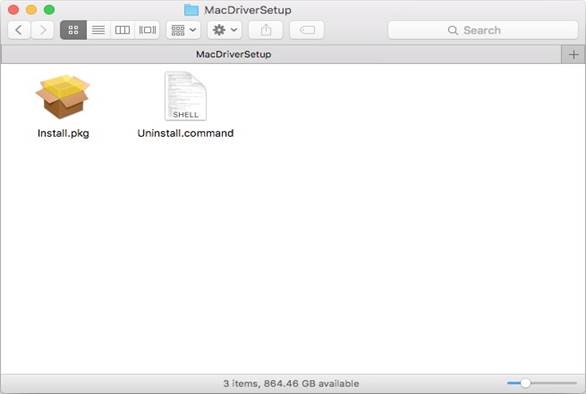
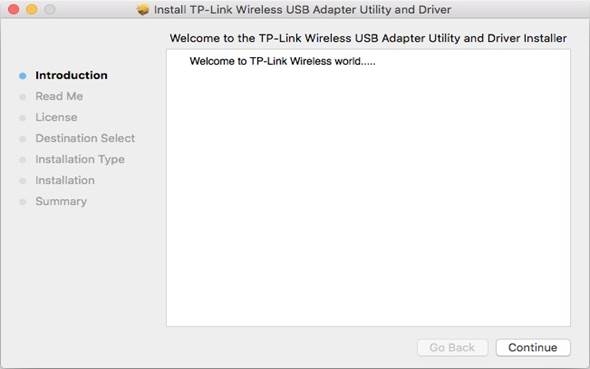
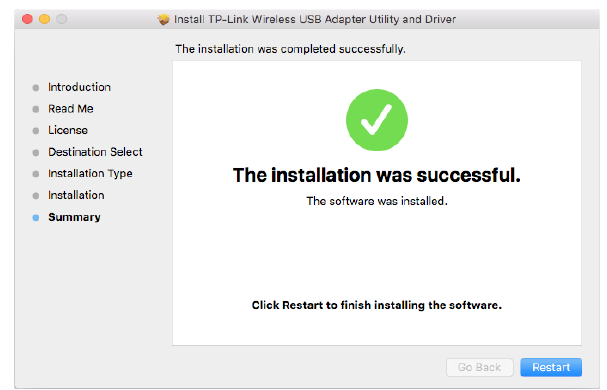
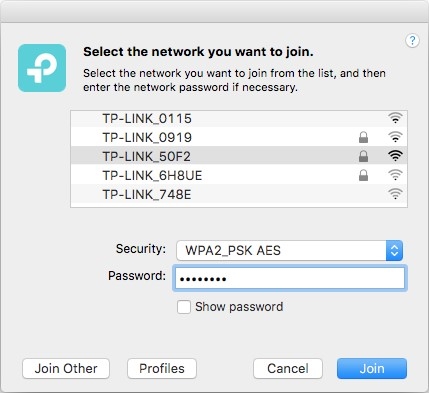
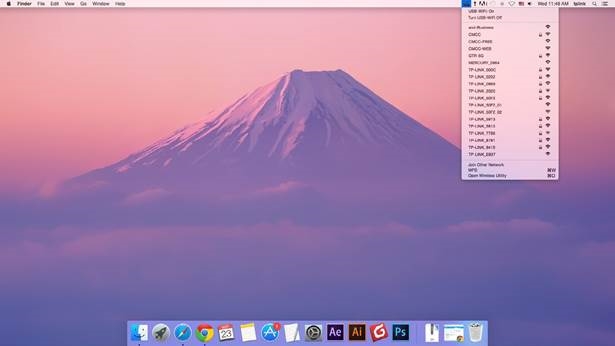
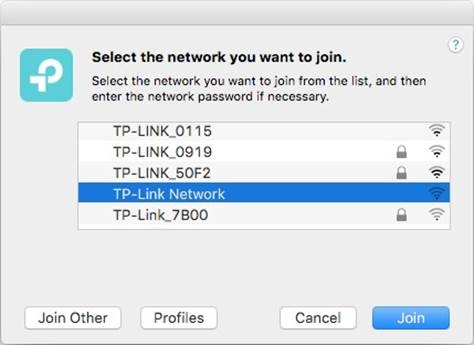
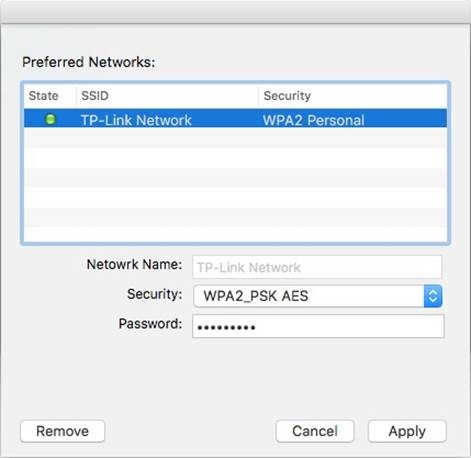

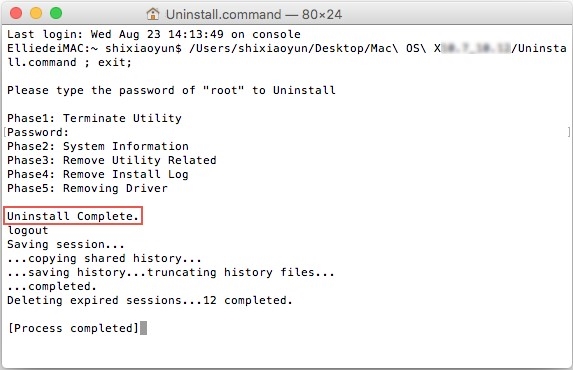
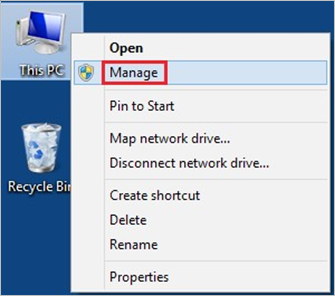
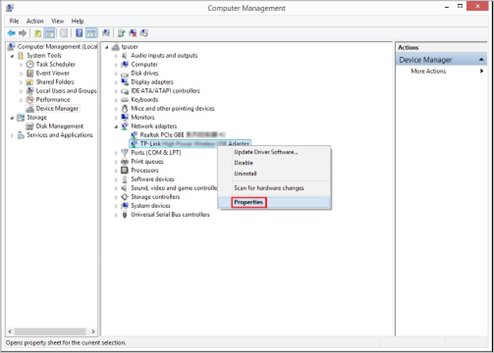
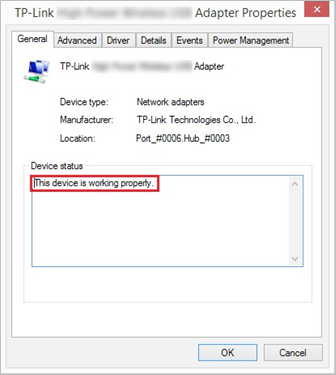





















Need help?
Do you have a question about the Archer T4U and is the answer not in the manual?
Questions and answers